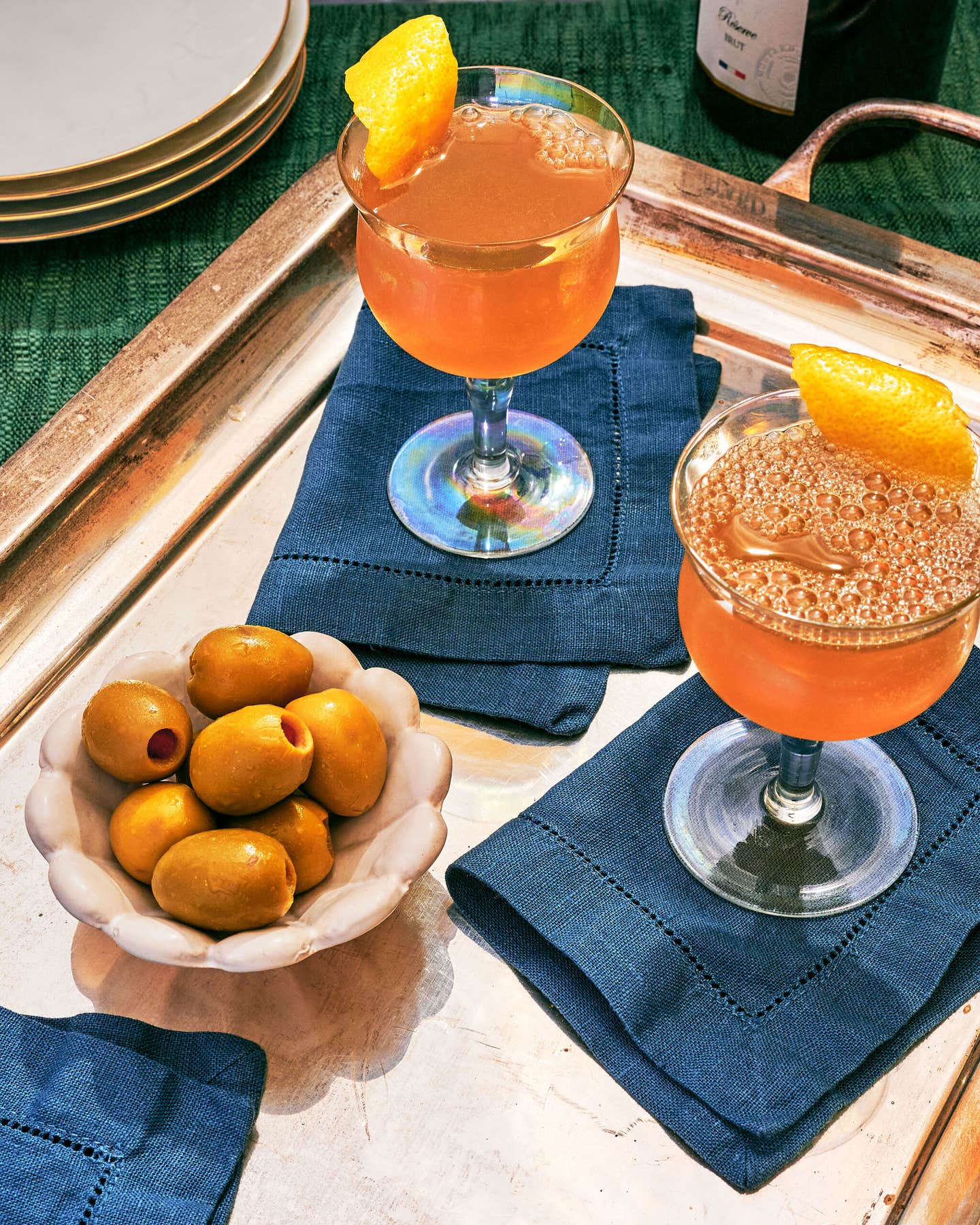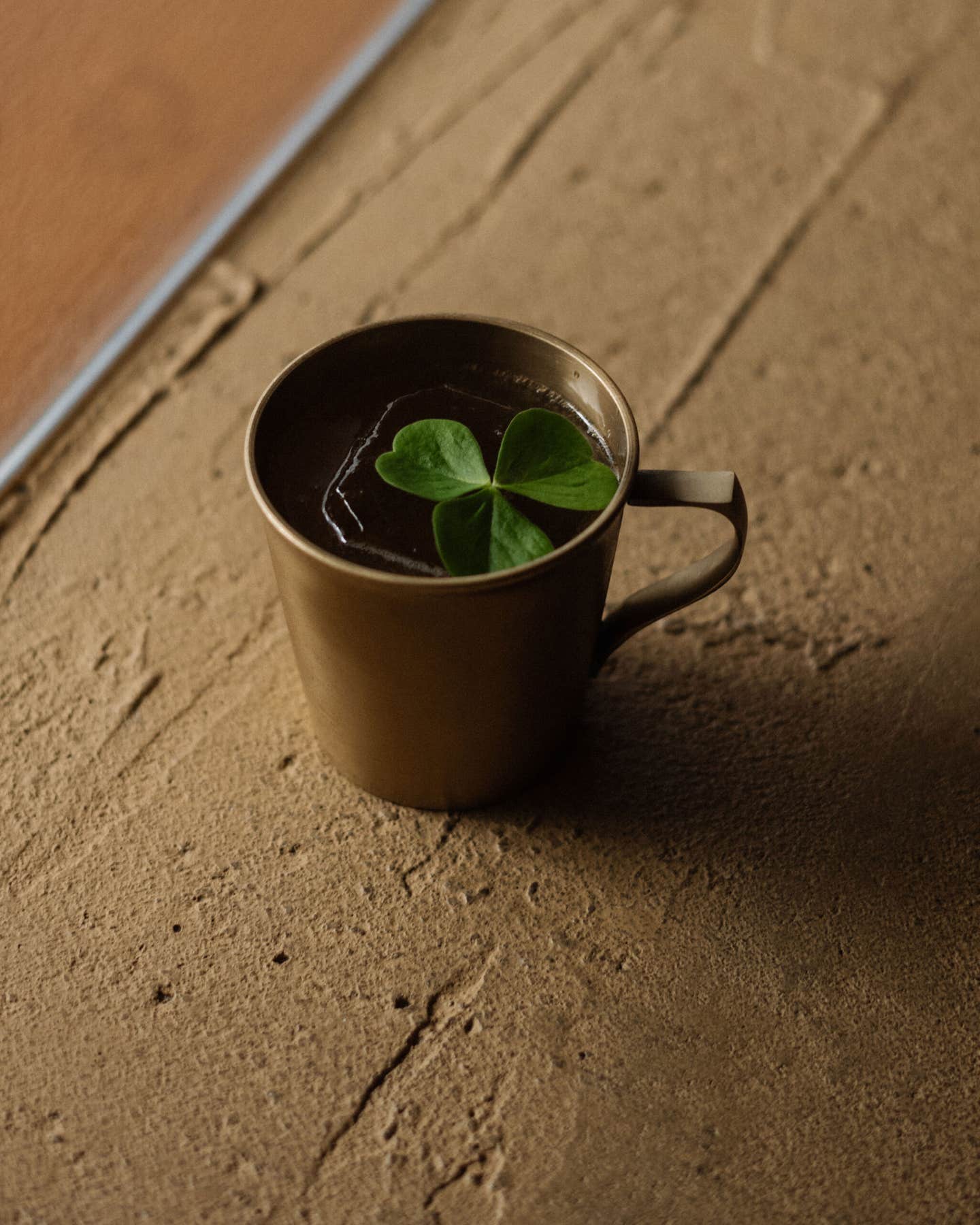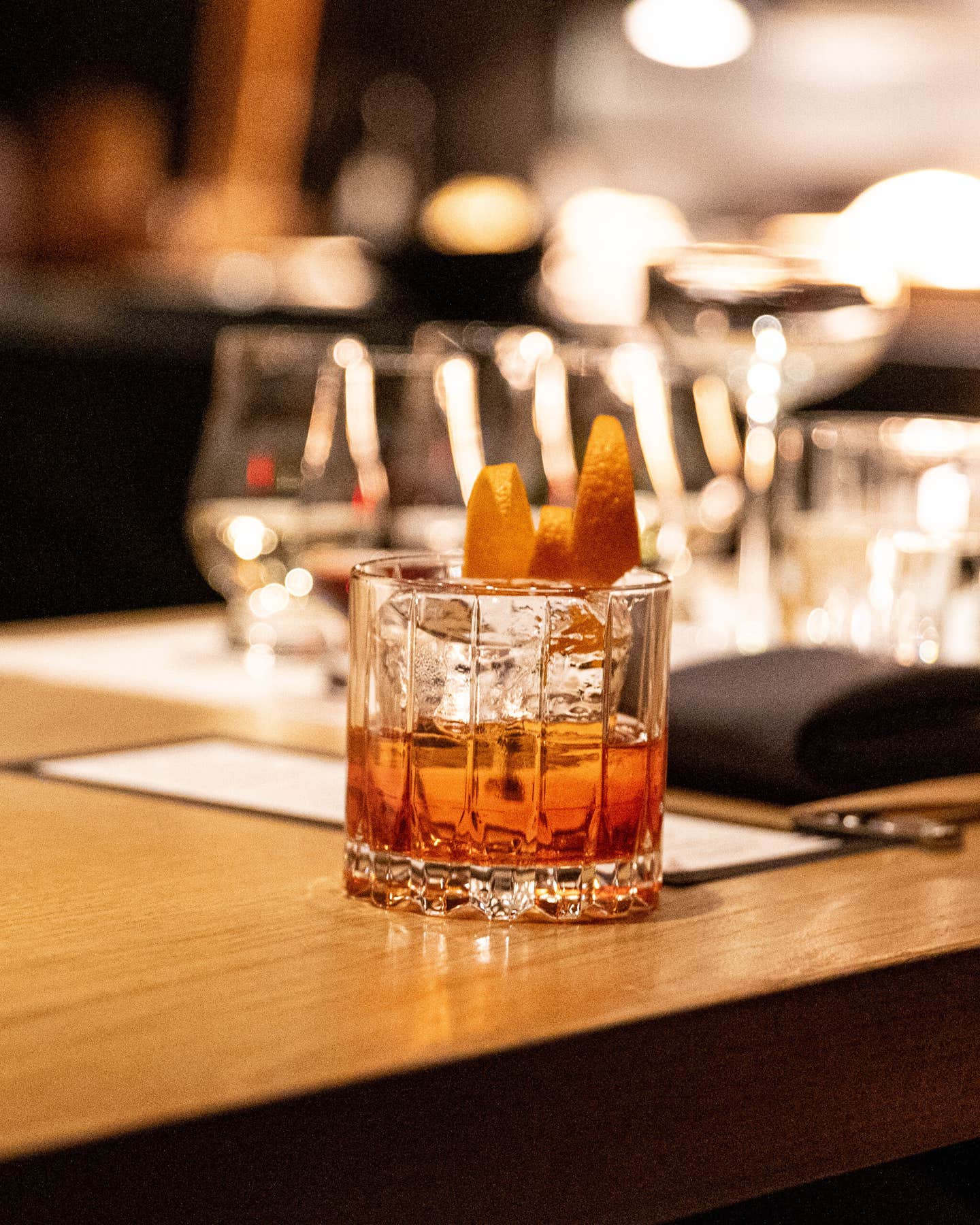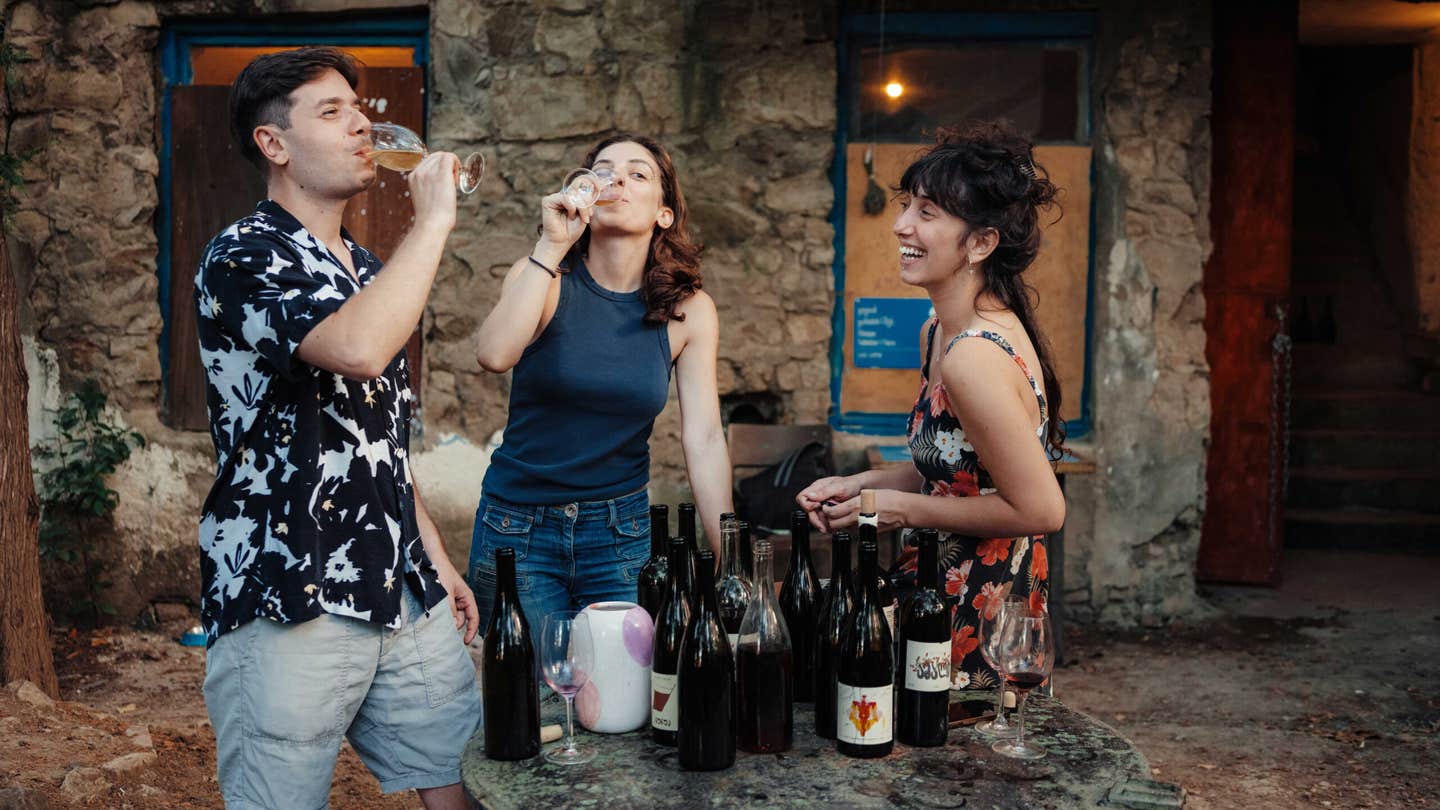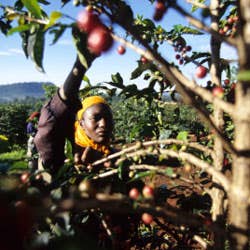
The New Frontier of Quality Coffee
This is Part II of a series on Specialty Coffee, presented by the Specialty Coffee Association of America in conjunction with Saveur.com.
Part I: The Road to Perfection
Part III: Artisanal Roasting 101
Part IV: How Do You Brew?
Part V: Crema of the Crop
Part VI: Nothing Regular About It
The phenomenon of specialty coffee has flowered multiple times since its birth, over three decades ago, into new blooms of creativity, exploration, and discovery. Coffee farmers, however, have for the most part watched the specialty celebrations from afar, wondering how they too could join the party. Very few have. The good news is that that may be changing, to the benefit of all who care about coffee. The development of the specialty coffee movement has laid the foundation for what is coming.
Fast-Forward History of Specialty Coffee
The nadir of coffee quality in the United States was reached in the 1960s, when instant and stale "bargain" coffees were the rule, the result of the "salami slicing" of standards. Coffee consumption began a long downward trend, as young people failed to acquire what seemed merely the habits of a passing generation. As the experimental baby boomers came of age in the late 1960s, small-roaster retail coffee shops came into being. A few took root and developed loyal followings, as consumers rediscovered what freshly roasted coffee actually tasted like. Great strides in the packaging of freshly roasted coffee were made in the 1980s, allowing finer coffees to be available in food markets. By the late 1980s, specialty cafes, touting handmade espresso beverages and expressly prepared coffees, were springing up everywhere. Americans, paper cups in hand, began creating the cafe culture on the go that we have today.
New Worlds Emerging
As we enter the 21st century, coffee consumption is rising and many breakthroughs in quality are being made. We are now witnessing a new wave of espresso bars, where master craftsmen spin out beautiful precision espressos and exquisite hand-decorated beverages, devising distinctive espresso-based concoctions that rival the most luscious desserts. Many are training for the annual World Barista Championship as seriously as Olympics-bound athletes. Espresso aficionados gather periodically in their homes to brew on different espresso machines, costing anywhere from several hundred to many thousands of dollars, and to compare notes and experiences. Smaller, traditional proportions and porcelain cups are becoming the norm for those seeking a return to sensuality and refinement.
Coffee Farmer, Source of Quality
The search for new and better forms of coffee has inevitably led to the source itself: the coffee farmer. Although in the late 1980s some coffee farms deservedly rose to prominence, they have been the exception; mostly, we confront an ocean of blends, the result of the mixing of coffees from different countries with the aim of producing stable signature profiles marking a roaster's mastery and brand identity. As the demand for specialty coffee increases, though, the widening knowledge and sophistication of its more adventurous devotees are leading them into a realm well traveled by wine aficionados: terroir, where soil, microclimate, and craftsmanship combine to produce the aesthetic signature of a single place. Roasters are finding a palette of coffee flavor profiles unimagined just a few years ago from regions that were in many cases virtually unknown. Farm name or cooperative name, region, country, and variety of coffee bean are becoming the important units of information in this new world of single-origin coffee. The dramatic upswing in the drive to explore and develop origin coffees has been fueled and even accelerated by new structures dedicated to the quality market's continued vitality.
Agents of Change
The Cup of Excellence, created in 1999, has become a powerful educational and research tool for a few coffee roasters and a springboard for quality coffee farmers seeking recognition. Cup of Excellence is a stringent, three-stage yearly competition to find the best lots of green coffee produced in a particular country, followed by a worldwide Internet auction of those winning coffees. The third stage of the competition involves an international jury composed of a select group of national and international cuppers (professional coffee tasters). Only coffees that continuously score high enough are allowed to move forward in the competition; the winning coffees will have been cupped at least five separate times. Cup of Excellence is now in six countries: Brazil, Nicaragua, Guatemala, Honduras, El Salvador, and Colombia. Other countries, in cooperation with the Specialty Coffee Association of America (SCAA), are building similar platforms.
Working with the SCAA, Panama set up in 2000 its own, very successful yearly competition auction, Best of Panama, and Ethiopia has recently followed with E-Cafe Gold. Such events have worked as search engines, allowing farmers and roasters committed to quality to locate one another in a world still dominated by commodity-based markets that pay little heed to efforts at producing identifiable boutique coffee "jewels."
Tiered Qualities
New approaches are being tried as natural by-products of these pioneering programs; for the first time, a growing number of coffee farmers, often working with visionary roasters, are paying attention to each batch they produce, referred to as micro-lots. They are thus establishing a quality hierarchy, its segments fetching tiered prices, sometimes far above the average market prices to which these same farmers were bound only a few years ago. Roasters and farmers are avidly testing novel ways of shipping and storing raw coffee, which until now has been packaged in jute sacks vulnerable to the variables of temperature, humidity, and oxidation.
Quality Coffee, Ultimate Bargain
Coffee farmers are gradually coming out of the shadows of anonymity to receive long-overdue recognition and share in the rewards for their skills and efforts in producing the world's most complex beverage. Coffee has more than 800 flavor components, and we are still counting. What most consumers are not aware of is that great coffee is as difficult to produce as the finest wines and yet sells for a fraction of their price. A full-strength 12-ounce cup of coffee, made from beans costing $10 per pound, sells for less than a 12-ounce can of Coke. The equivalent coffee price of a $10 bottle of wine, ounce for ounce, would be $100 per pound. Most of the first $10 per pound a consumer pays for coffee goes toward American real-estate and labor costs. Farmers and consumers alike enjoy increasing value as the price rises above the floor of approximately $9 to $12 per pound.
Quality's Cost
The effort and attention to detail necessary to the making of quality coffee cannot be overestimated. Coffee trees grow in the tropics, where competition for space and nutrition is at its most intense. Each coffee plant must be intricately and continuously pruned, so that it will be kept at about seven feet in height and given proper ventilation for the prevention of mold during the humid rainy seasons. Nine months elapse between flowering and harvest, twice the time required for grapes, and a lot can go wrong. The coffee fruits, the size of small cherries and each bearing two seeds, or "beans", must be discriminatingly handpicked at the time of ripeness for sweetness in the cup to be assured; each tree must be picked four or more times over a period of nearly three months. Now consider that one very productive tree will produce less than two pounds of roasted coffee. The seeds must next be removed from the tightly clinging fruit without being harmed—an arduous, complex process. Finally, the moist beans must be very gently dried so that they become stable and retain their intrinsic quality. The sorting of the tiny beans by size and density and the removal of defects are the last steps before they are packaged for export and, ultimately, roasting.
The Quality Cup
If all the steps toward producing coffee of high quality have been taken, a highly rewarding experience awaits the consumer. If the final product is an espresso made of ripe coffee beans, properly roasted and brewed, then it should be tasted without sugar—for none should be needed—in a prewarmed porcelain espresso cup. The espresso should explode like a bonbon of creamy aromatics swirling around a smooth, bittersweet coffee center. If the drink is made in a drip, vacuum, or French press coffeemaker, the coffee should be savored for many minutes from a porcelain or glass cup; hot liquid shuts down our taste buds, and only as it cools does coffee reveal its character. Near room temperature, coffee should approach wine in intensity, conveying natural sweetness amid layers of flavor, with the definition that only a single origin and single estate can deliver. Cheers!
Keep Reading
Continue to Next Story
